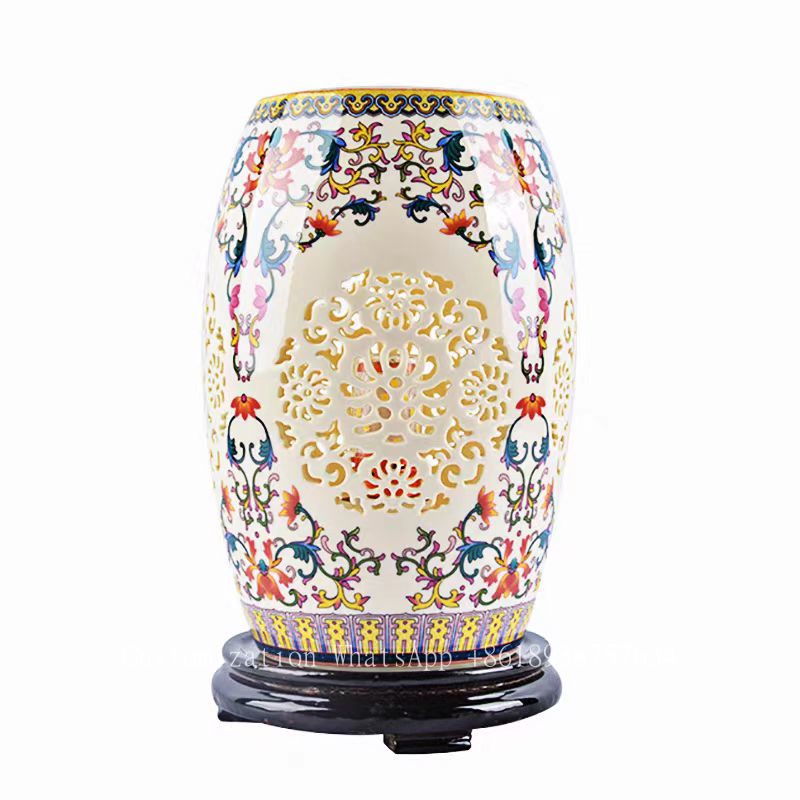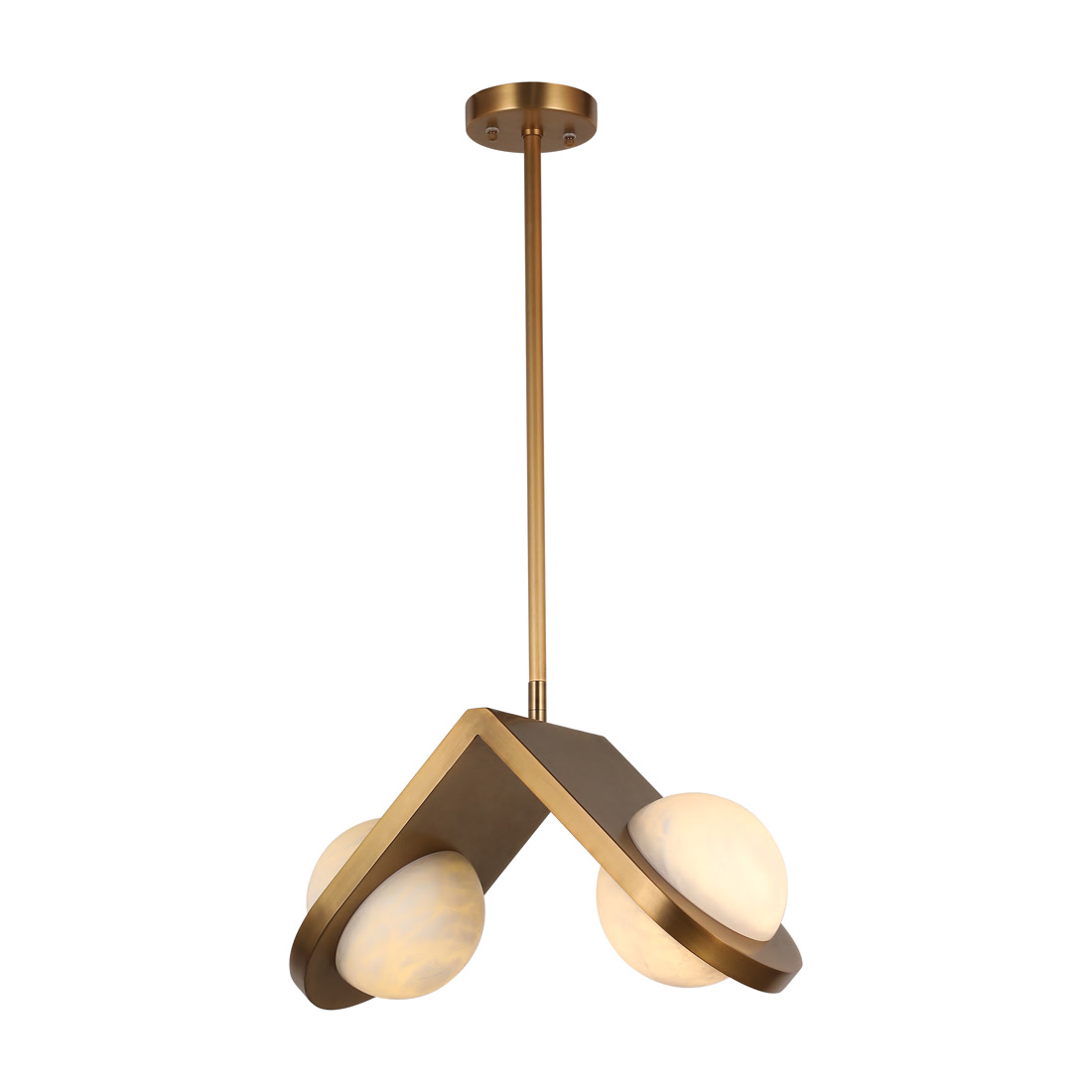Mastering Shading Techniques for Effective Table Lamp Styling
Mastering Shading Techniques for Effective Table Lamp Styling
Table lamps can significantly enhance the ambience of any room, but their design and styling require careful consideration, especially when it comes to the choice of shading techniques. In this article, we will explore various shading techniques for effective Table lamp styling that can elevate your interior design. From choosing the right lampshade to understanding light diffusion, we will cover all the essential factors to consider.
Understanding the Importance of Lamp Shades
The lampshade plays a pivotal role in how light is diffused in a room. It can either enhance or detract from the lamp's effectiveness. Here are some key points to consider:
| Aspect | Impact |
| Light Diffusion | Affects how soft or harsh the light appears. |
| Aesthetics | Contributes to the overall design and decor of the room. |
| Functionality | Determines whether the lamp serves as a task light, ambient light, or accent light. |
Key Shading Techniques for Styling Table lamps
1. Color Selection
The color of the lampshade can significantly influence the mood of the room. Light-colored shades generally diffuse light better and create a brighter, airy feel, while darker shades provide a more subdued, cozy atmosphere. For example, a  offers a refreshing feel suitable for modern decor, whereas a
offers a refreshing feel suitable for modern decor, whereas a
2. Material Matters
The material of the lampshade also affects how light is perceived. Shades made of fabric, for example, can soften the light and add a touch of elegance. On the other hand, glass lampshades can create sharp, direct light that highlights features within a room. Consider the following materials:
- Fabric: Great for soft lighting and a warm atmosphere.
- Glass: Perfect for enhancing brightness and modern appeal.
- Metal: Ideal for minimalist settings; can provide a sleek, industrial look.
3. Shape and Size
The shape and size of the lampshade should complement the base of the lamp. Taller, narrower shades can create a formal appearance, while wider, shorter shades tend to have a more relaxed vibe. Ensure that the size of the shade does not overpower the base or make the lamp seem out of proportion. Remember to consider the height and width of your Table lamp when selecting a shade. A
4. Layering Light
Layering light is a popular technique in interior design, and it can also be applied to Table lamps. To achieve this, you can use multiple lamps with different shades and design styles to create an engaging visual experience. This not only enhances functionality but also adds depth and interest to the decor. For instance, pairing a
5. Playing with Textures
Texture plays a critical role in enhancing the visual appeal of your Table lamps. Shaded lamps made of mixed materials, such as a ceramic base with a fabric shade, can add an element of intrigue to your decor. Consider the tactile quality of the lampshade, the lamp size, and how it fits with other decor elements. Incorporating various textures in the room can create a rich and harmonious environment.
6. Height Variance
Using Table lamps of varying heights can add visual interest to your space. Short lamps work well on desks or bedside tables, whereas taller lamps can act as focal points in living rooms or dining areas. This variance allows for better distribution of light and creates a more dynamic look. A
7. Accent Lighting
Using Table lamps as accent lighting rather than the primary light source can create a charming, intimate atmosphere in your space. Choose lampshades that highlight the color and texture of your surroundings, enhancing the room's overall Aesthetics. Positioning lamps strategically throughout a room can help guide the eye while creating visually engaging pockets of light.
Considerations When Choosing Shading Techniques
As you explore various shading techniques for Table lamp styling, keep the following considerations in mind:
- Interior Style: Always align your lamps with the overall theme of your interior design, whether modern, rustic, or eclectic.
- Room Function: Consider the purpose of the space. A cozy reading nook may require a warm, soft lighting effect, while a home office may need brighter, more focused light.
- Sustainability: Opting for eco-friendly materials for your lampshades can contribute positively to your home's environment. Look for sustainable sources and energy-efficient bulbs.
Wrapping Up
Effectively styling Table lamps using various shading techniques can dramatically transform the look and feel of a room. From color and material choices to size and height considerations, every aspect plays an essential role in creating a harmonious atmosphere. When styling your Table lamps, remember that the right shading technique can enhance both the functionality and Aesthetics of your home. Always consider your personal style, room function, and the overall vibe you wish to create for your space. Invest time in exploring different combinations and experiment until you find the perfect balance that brings your vision to life.
In summary, achieving effective Table lamp styling is about understanding how different shading techniques affect the overall ambiance of a space. Whether you opt for soft fabric shades, sleek glass, or warm metals, each choice will resonate with your interior design Aesthetics. Keep the tips discussed in mind, and you will find the ideal lamp styling solution that not only illuminates your space but also reflects your personal style.
So, go ahead and turn on your creativity; the perfect Table lamp setup awaits you!
